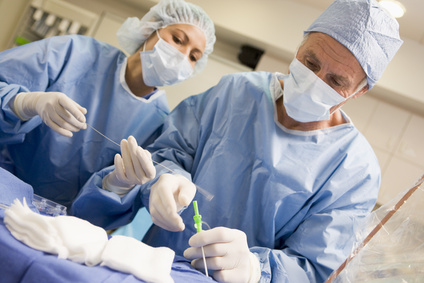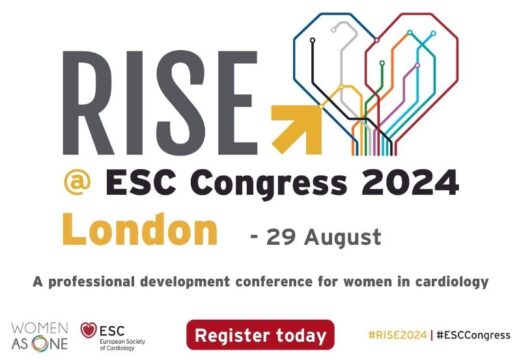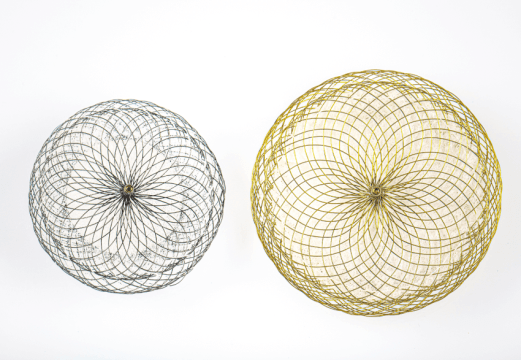Original title: Endothelial cell repopulation after stenting determines in-stent neointima formation: effects of bare-metal vs. drug-eluting stents and genetic endothelial cell modification. Reference: Douglas G et al. European Heart Journal doi:10.1093/eurheartj/ehs240
Experimental models of vascular injury have shown that the rate of endothelial cell repopulation post-injury is a critical factor in determining subsequent neointima formation as well as is presumed to be a potential therapeutic strategy.
This study uses a novel murinestent model to assess endothelial cell repopulation post-stenting to compare the response of drug-eluting stents with a primary genetic modification to improve endothelial cell function.
A novel murinestent model consisting of bare metal stent (BMS) or paclitaxel eluting stent (PES) deployment in ApoE or transgenic ApoE mice was used to assess endothelial cell repopulation and neointima formation after 28 days through X-Gal staining or optical coherence tomography (OCT). Transgenic ApoE mice with endothelial-specific overexpression of GTP-cyclohydrolase 1 (GCH-Tg), used as a model of enhanced endothelial cell function and increased NO production, underwent BMS deployment and compared with ApoE littermates underwent BMS or PES deployment.
Stent deployment resulted in near-complete denudation of endothelium, but was followed by endothelial cell repopulation by cells originating from both bone marrow-derived endothelial progenitor cells and from the adjacent vasculature. ApoE mice that underwent PES presented fewer endothelial cell repopulation and reduced neointima formation than ApoE mice that underwent BMS (154.2 vs 238.5 nuclei/mm, p= 0.018 and 0.24 -+ 0.04 vs 0.423 -+ 0.06mm2, p= 0.038; respectively).
GCH-Tg mice evidenced higher endothelial cell coverage than ApoE mice that underwent BMS (208.6 -+ 12.8 vs 156.9 -+ 17.4 nuclei/mm; p= 0.043), as well as lower neointima formation than ApoE mice that underwent BMS (026 -+ 0.04 vs 0.43 -+ 0.05mm2; p= 0.039) and similar neointima formation to ApoE mice that underwent PES (026 -+ 0.04 vs 0.24 -+ 0.04; pNS).
The authors concluded that drug elutingstents reduce not only neointima formation but also endothelial cell repopulation. In contrast, selective targeting of endothelial cell function is sufficient to improve endothelial cell repopulation and to reduce neointima formation. Thus targeting endothelial cell function is a rational therapeutic strategy to improve vascular healing and decrease neointima formation after stenting.
Conclusion
Comment: An ideal stent should promote early endothelization in order to prevent in-stent thrombosis, without significant neointima formation to avoid restenosis. Current drug eluting stents use antiproliferative drugs to control neointima formation, however such drugs also promote late endothelization, requiring long-term use of oral dual antiplatelet therapy to avoid in-stent thrombosis. This study proposes targeting endothelial cell function as a therapeutic strategy to improve vascular healing and decrease neointima formation after stenting. Based on the same concept a bio-engineered stent containing an anti-human CD34 antibody that sequesters circulating CD34 haematopoietic cells to the stent strut surface to facilitate strut re-endothelization was tested*. The results showed that endothelial progenitor cells capture was unable to prevent significantly in-stentrestenosis and to promote a reasonable in-stent late luminal loss. One possible explanation for these failed results will follow below. There are 3 sources of endothelial cells that contribute for in-stent re-endothelization: (1) surviving endothelial cells from stented segment; (2) bone marrow-derived endothelial progenitor cells; and (3) endothelial cells derived from outside the stented segment, which is considered the main source of endothelial cells for in-stent re-endothelizationaccordingly to the study under discussion. Being so, the stent described above does not address the most important mechanism of re-endothelization. Therefore, a bio-engineered stent that promotes the increase of endothelial cells derived from outside the stented segment – preferentially in combination with mechanisms that also stimulate the other sources of endothelial cells for in-stent re-endothelization – should be clinically assessed in order to better evaluate targeting endothelial cell function as a therapeutic strategy to improve vascular healing and decrease neointima formation after stenting.
* denDeker et al. Final results of the HEALING IIB trial to evaluate a bio-engineered CD 34 antibody coated stent (GenousTMStent) designed to promote vascular healing by capture of circulating endothelial progenitor cells in CAD patients. Atherosclerosis 2011; 219: 245-52.
Courtesy of Alexandre do Canto Zago
PhD Research Fellow // Brigham and Women’s Hospital/Harvard University // Intravascular Ultrasound Fellow // Thoraxcentrum/Erasmus University // Post Doctoral and OCT Fellow // UH Hospitals/Case Western University // Professor of the Cardiology Graduation Program // Federal University of Rio Grande do Sul // Interventional Cardiology Dept. Staff // Federal University of Rio Grande do Sul Hospital // Director of the Interventional Cardiology Dept. // Lutheran University Hospital
Dr. Alexandre do Canto Zago para SOLACI.ORG





